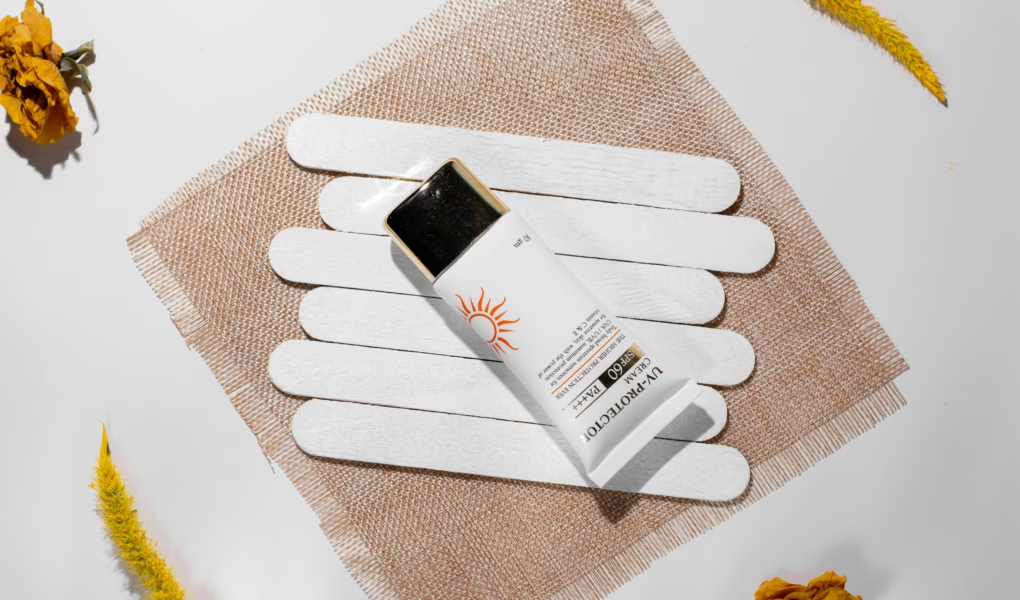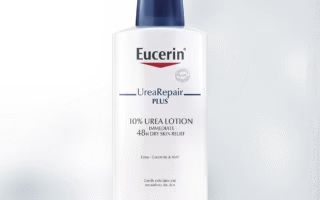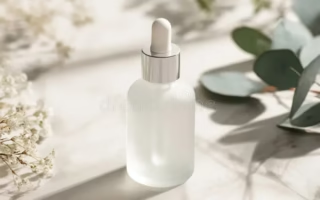In recent years, tinted sunscreen has surged in popularity, becoming one of the most searched skincare products worldwide — and for good reason. This multitasking hero combines broad-spectrum sun protection, light coverage, and nourishing skincare ingredients, offering a three-in-one solution for anyone looking to simplify their morning routine.
Still layering traditional sunscreen, primer, and foundation every day? If so, it might be time to streamline your regimen. In this blog, we’ll uncover the benefits of tinted sunscreen, how to choose the best one for your skin type, and which dermatologist-approved picks are trending in 2025. Whether you’re skincare-obsessed or just starting out, this guide has everything you need to make an informed switch.
💡 What is Tinted Sunscreen?
Tinted sunscreen is a hybrid skincare product that combines:
- Broad-spectrum sun protection (SPF)
- Tinted pigment for evening out skin tone
- Skincare ingredients like antioxidants, vitamins, and hydration boosters
Unlike traditional sunscreen, tinted versions provide UV protection while delivering a light, foundation-like finish — perfect for daily wear.
🌞 Top Benefits of Tinted Sunscreen
Here are several compelling reasons why more people are choosing tinted sunscreen in 2025:
✅ Sun Protection + Makeup in One
You save time and money by combining your SPF and base layer in a single product.
✅ Evens Out Skin Tone
These pigments help neutralize redness, dullness, and discoloration — without the heaviness of traditional foundation.
✅ Blue Light Protection
Many tinted sunscreens contain iron oxides, which shield your skin from harmful blue light emitted by screens. This added defense can reduce premature aging and hyperpigmentation.
✅ Non-Comedogenic Formulas
Because most formulas are lightweight, they won’t clog your pores — ideal for acne-prone or sensitive skin types.
✅ Skin-Enhancing Ingredients
Look for versions with niacinamide, hyaluronic acid, or green tea extract to support your skin barrier and hydration levels.
✅ Suitable for All Skin Types
Whether your skin is oily, dry, combination, or sensitive, there’s a tinted sunscreen for you. Both mineral and chemical options are widely available.
🧴 How to Choose the Right Tinted Sunscreen
When selecting a tinted sunscreen, consider these essential factors:
SPF Level:
Always choose SPF 30 or higher for adequate UV protection.
👉 American Academy of Dermatology: How to select a sunscreen
Skin Type:
- Oily skin? Go for an oil-free, matte formula.
- Dry skin? Look for hydrating ingredients like squalane or glycerin.
- Sensitive skin? Stick with mineral sunscreens that contain zinc oxide or titanium dioxide.
Shade Match:
Opt for a tint that blends seamlessly with your natural complexion. Fortunately, many brands now offer inclusive shade ranges.
Water Resistance:
Crucial for anyone who sweats, swims, or spends time outdoors.
💡 Pro Tip: Reassess your full skincare routine for better overall results. Check out these tips:
👉 5 Essential Skincare Habits for Naturally Glowing Skin
🏆 Top-Rated Tinted Sunscreens (2025 Picks)
Here are some highly-rated dermatologist-approved products trending this year:
- EltaMD UV Elements Tinted Broad-Spectrum SPF 44
Great for sensitive skin and mineral-based. - Supergoop! Glowscreen SPF 40
Offers a radiant finish with an added glow. - La Roche-Posay Anthelios Tinted SPF 50
Dermatologist-recommended with light coverage and high SPF. - Tower 28 SunnyDays Tinted SPF
Formulated for acne-prone and reactive skin. - Australian Gold Botanical SPF 50 Tinted Face Sunscreen
Affordable, matte finish, and water-resistant.
✋ How to Apply Tinted Sunscreen Correctly
To get optimal results:
- Cleanse and moisturize your face.
- Apply a nickel-sized amount of tinted sunscreen.
- Blend evenly using clean fingers or a makeup sponge.
- Reapply every 2 hours when outdoors, swimming, or sweating.
✨ Bonus Tip: Wear tinted sunscreen alone for a natural glow, or layer it under makeup as a base.
🧪 Common Myths About Tinted Sunscreen
Myth 1: Tinted sunscreen is just makeup.
❌ Reality: It offers genuine sun protection — unlike typical cosmetics.
Myth 2: It’s only for women.
❌ Reality: Tinted sunscreen is suitable for all genders.
Myth 3: One shade fits all.
❌ Reality: Choose a tint that complements your individual skin tone for best results.
🌟 Related Skincare Innovation
Want to explore high-tech skincare options? You may be interested in LED therapy masks, which complement SPF-based routines for enhanced skin wellness.
👉 Ultimate Guide to LED Light Therapy Masks
✅ Conclusion
If you want effortless protection, subtle coverage, and skincare benefits in one step, tinted sunscreen is your must-have product for 2025. With so many inclusive, dermatologist-approved formulas now available, it’s never been easier to find your ideal match.
→ For more on sunscreen types and how they protect you, read the Cleveland Clinic’s guide to sunscreen
📣 Call to Action
✨ Ready to glow and protect your skin in one step?
Explore your options for tinted sunscreen today — and share this guide with friends who love smart skincare! Don’t forget to subscribe for more expert-backed beauty content.
❓ Frequently Asked Questions (FAQs)
- Can I use tinted sunscreen every day?
Yes! It’s designed for daily use and offers both protection and coverage. - Does tinted sunscreen replace foundation?
In many cases, yes. If you prefer a light, natural look, it can replace your foundation entirely. - Is tinted sunscreen suitable for oily skin?
Absolutely. Just look for oil-free or matte-finish versions. - Do I still need moisturizer under tinted sunscreen?
Yes, especially for dry or dehydrated skin. - Can I use makeup over tinted sunscreen?
Definitely. Let it set, then apply makeup as usual. - Does tinted sunscreen expire?
Yes. Check the expiration date and replace it every 6–12 months. - Is tinted sunscreen good for hyperpigmentation?
Yes, the iron oxides help block visible light, reducing dark spots. - Can men use tinted sunscreen?
100%. It’s perfect for anyone who wants UV protection with a natural finish.





2q4cll